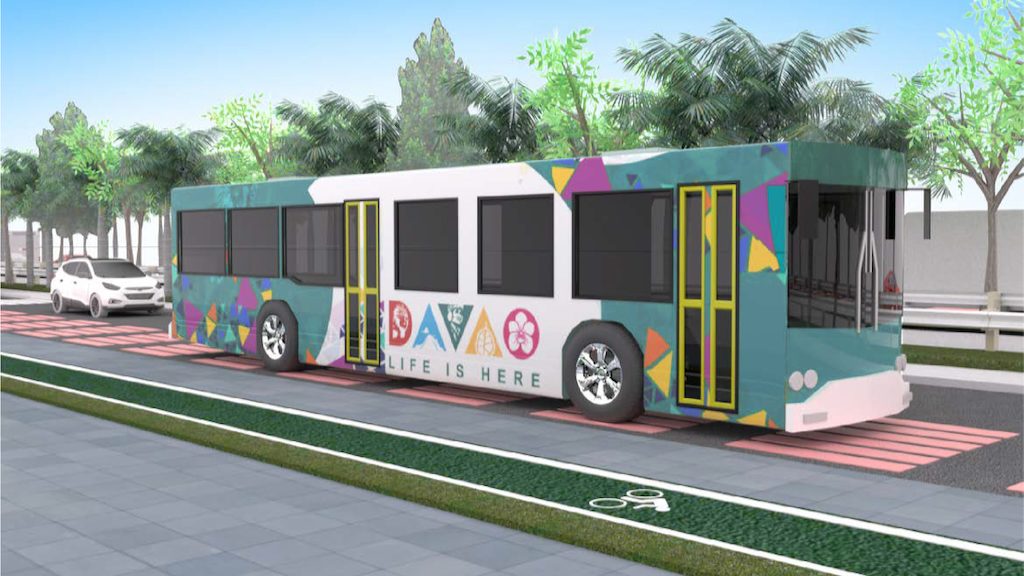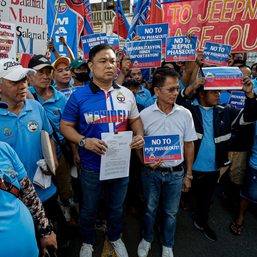SUMMARY
This is AI generated summarization, which may have errors. For context, always refer to the full article.

MANILA, Philippines – Davao City plans to deploy the Philippines’ first electric bus fleet system at scale after the Asian Development Bank (ADB) approved a $1-billion (P55.3 billion) loan for transport modernization.
The multilateral lender on Thursday, June 29, said the Davao Public Transport Modernization Project is its largest road-based public transport project in the Philippines, seen to serve about 800,000 passengers per day.
The project promises reliable arrival and departure schedules of some 1,100 buses through an “intelligent transport system.”
The ADB said 380 of the buses “will be articulated electric buses to service metro Davao routes, while small and regular-sized Euro-5 standard diesel buses will service other bus routes.”
It will rationalize about 670 kilometers of bus routes from more than 120 public utility jeepney routes into about 30 routes, and construct 1,000 bus stops.
Buses will be run by private bus operators with performance-based contracts through concession agreements.
The project will feature an automatic fare collection system, as well as Wi-Fi for buses and terminals.
The ADB loan will also cover a social development program to “mitigate any adverse impacts and risks related to the restructuring of Davao City’s transport sector.”
“The assistance will include livelihood opportunities for affected public utility jeepney drivers, operators, and allied workers and their families, among others,” the ADB said. (READ: Davao city bus system to affect 7,000 jeepney drivers)
Davao City is the Philippines’ third largest city with a population of 1.78 million. It has no rail transport system and public transport relies on small vehicles like jeepneys, tricycles, motorbikes, and taxis.
“Not only will this support the Philippines’ climate goals, but it will help to improve the lives of vulnerable populations especially women and the young who use public transport daily,” said ADB Senior Transport Specialist for Southeast Asia Shuji Kimura.
The ADB noted that severe congestion and vehicular pollution have been increasing in Davao City over the last 10 years, and travel speeds in the central business district have been greatly reduced to less than 10 kilometers per hour at peak times. – Rappler.com
Add a comment
How does this make you feel?

![[OPINION] Does VP Sara Duterte have a game plan?](https://www.rappler.com/tachyon/2024/06/sara-duterte-game-plan-june-25-2024.jpg?resize=257%2C257&crop_strategy=attention)













There are no comments yet. Add your comment to start the conversation.